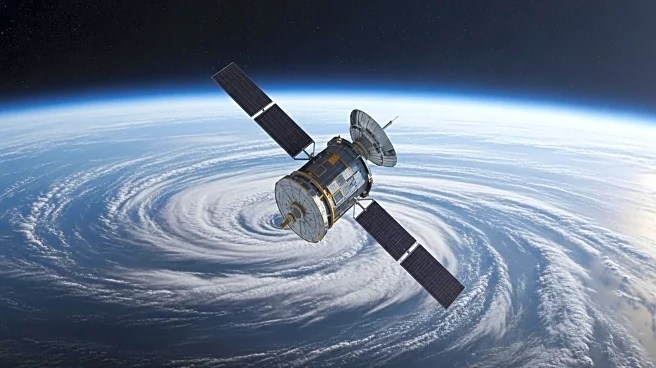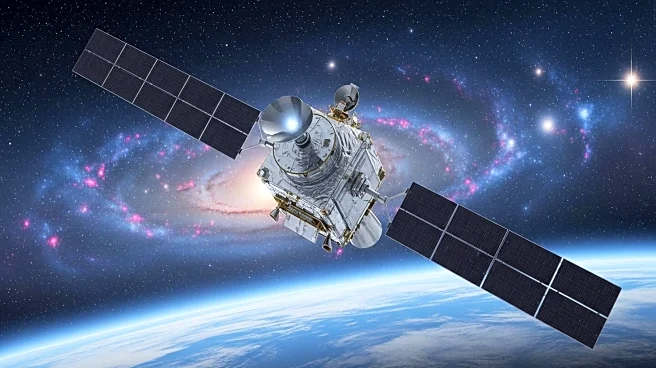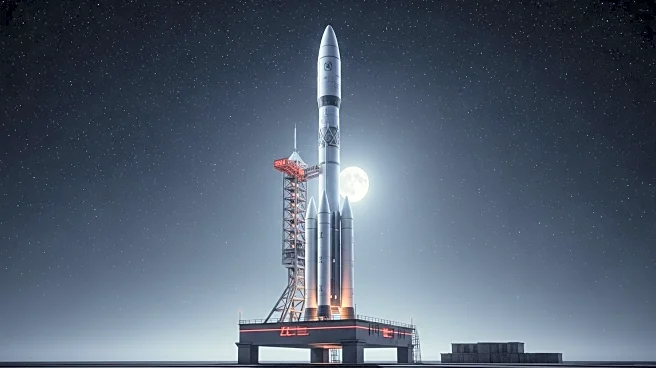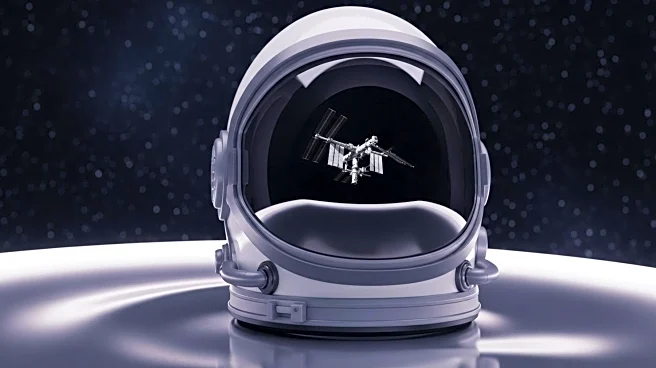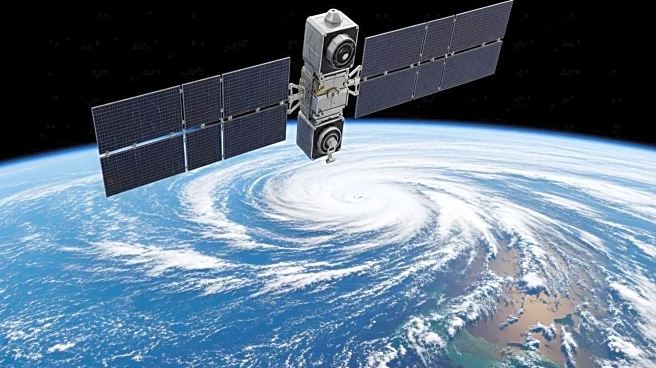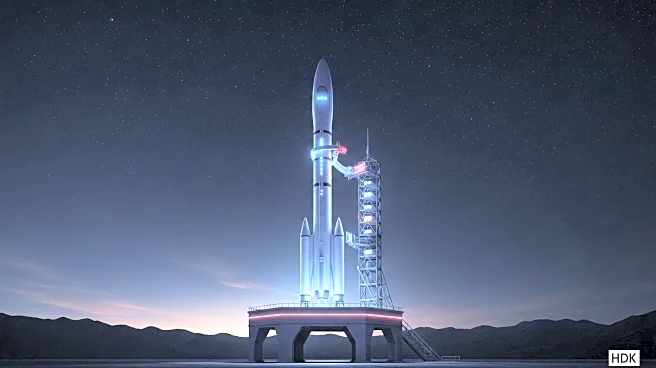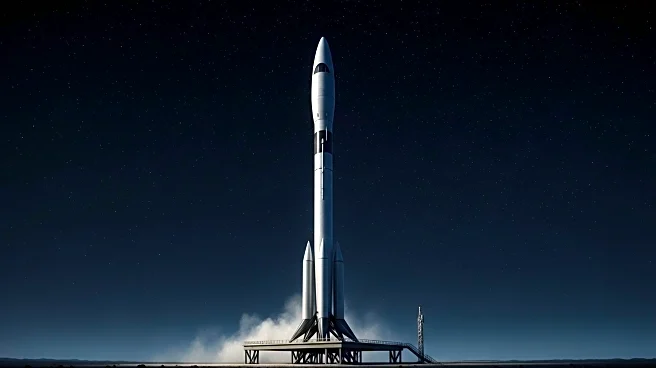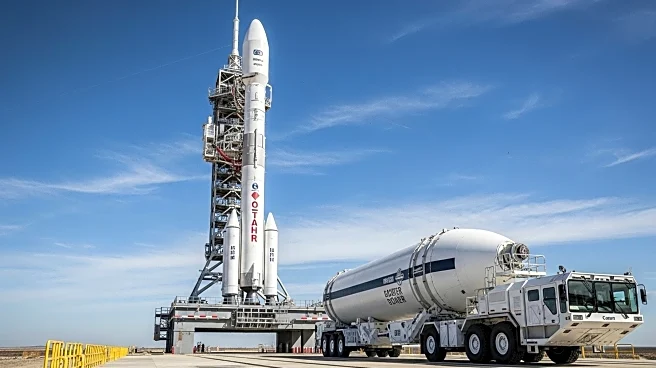What is the story about?
What's Happening?
NASA's International Space Station (ISS) has made a significant discovery during Hurricane Helene, detecting unseen atmospheric waves in the mesosphere, a layer of Earth's atmosphere located 55 miles above the surface. These waves, which were observed during the hurricane's approach to the Florida coast in late September 2024, reveal a dynamic response to the storm's energy, challenging previous assumptions about atmospheric interactions. The Atmospheric Wave Experiment (AWE) and the Advanced Mesospheric Temperature Mapper (AMTM) on the ISS played crucial roles in identifying these waves, which are invisible from the ground but strong enough to disrupt the mesosphere's stable conditions. This discovery establishes a tangible link between terrestrial weather events and the upper atmosphere, offering new insights into space weather and satellite operations.
Why It's Important?
The detection of atmospheric waves during Hurricane Helene has significant implications for satellite technology and space weather understanding. Variations in air density caused by these waves can affect satellite orbits, potentially leading to functional degradation. As reliance on satellite technology grows, understanding these atmospheric interactions becomes essential for maintaining satellite integrity. The AWE mission provides critical data that helps scientists predict potential orbital drag, enabling proactive measures to protect satellites. This discovery challenges traditional views of atmospheric impacts, suggesting that hurricanes can affect even the thin air at tremendous altitudes, thus influencing energy transfer between Earth and the upper atmosphere.
What's Next?
The revelations from NASA's ISS prompt further exploration of the invisible interactions between Earth's weather and space. Scientists are expected to delve deeper into these phenomena to understand the broader implications for space weather and satellite operations. The ability to document wave patterns from space opens up new avenues for understanding how energy from hurricanes propagates beyond the immediate storm environment. This newfound connection may influence future approaches to weather prediction and satellite technology, as researchers continue to investigate the interconnectedness of Earth's atmospheric systems.
Beyond the Headlines
The discovery of atmospheric waves during Hurricane Helene highlights the complexity of atmospheric interactions and the interconnectedness of Earth's weather systems. Long considered one of Earth's most mysterious atmospheric layers, the mesosphere's behavior has direct implications for space technology. Advancements like AWE and AMTM allow scientists to gather real-time data on this elusive region, challenging previous assumptions about the limits of hurricane effects. This discovery opens up new discussions about the potential for storms to create waves that reach the edge of space, prompting further exploration of the invisible interactions between our planet and the cosmos.
AI Generated Content
Do you find this article useful?
